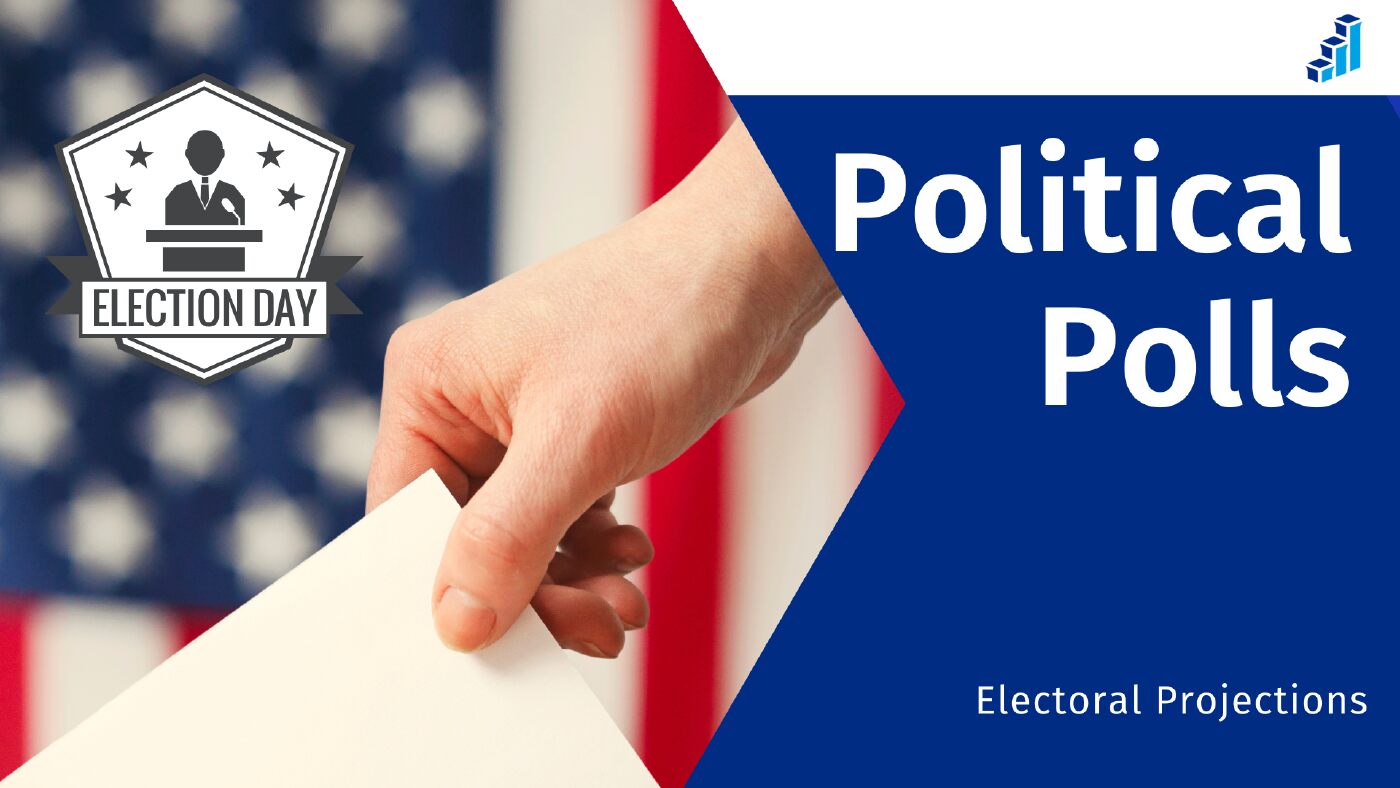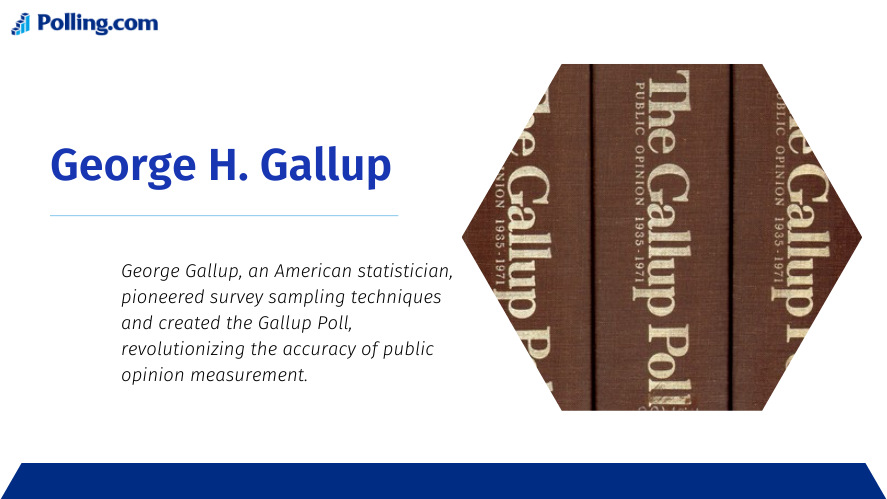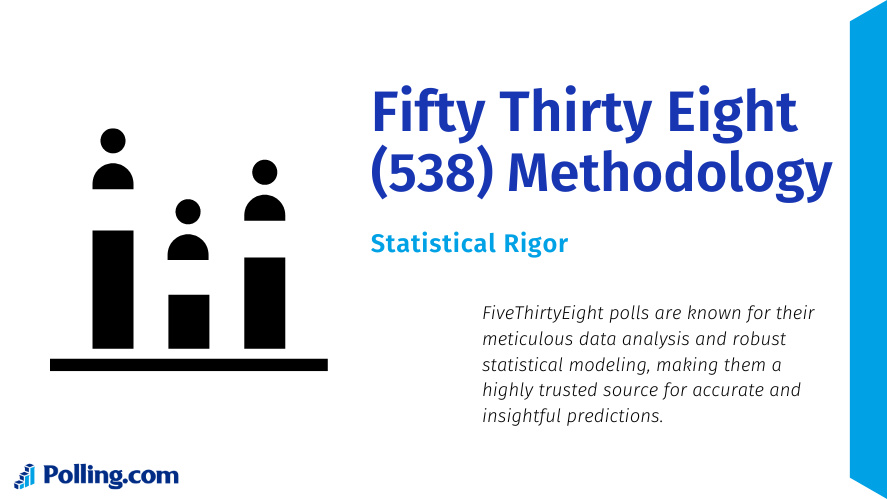
Precision or Predictions? Analyzing the Historical Accuracy of Top Political Polls and 538
Political polls have been a staple of democratic processes for decades, providing insights into public opinion and shaping the strategies of candidates and parties. As we approach Election 2024, the accuracy and reliability of these polls are more critical than ever.
In the past, the precision of political polling has been both lauded and questioned, making it essential to analyze historical data to understand its true efficacy. One of the most recognized names in this field is FiveThirtyEight (538), known for its detailed analysis and aggregation of poll data.
This article delves into the historical accuracy of top political polls, with a particular focus on 538, to understand whether these tools are more about precision or mere predictions.
The Role of Political Polls in Modern Elections
Political polls serve multiple purposes in modern elections. They are not just tools for predicting election outcomes but also play a significant role in shaping public opinion and campaign strategies.
By surveying a sample of the population, polls aim to gauge the public’s stance on various candidates, policies, and issues. This data can influence voter behavior, media coverage, and the strategies employed by campaigns.
- Influence on Public Opinion: Polls can create momentum for a candidate or issue by showing rising support, which can lead to increased media attention and campaign donations.
- Impact on Campaign Strategies: Unfavorable poll results can lead to strategic shifts, such as altering messaging or focusing on different voter demographics.
Key organizations conducting political polls include Gallup, Pew Research Center, and newer platforms like polling.com, which leverage technology to reach broader audiences.
Historical Overview of Top Political Polls
The history of political polling dates back to the early 19th century, but it became more scientific with the advent of George Gallup’s techniques in the 1930s. Gallup’s methods, which involved random sampling, significantly improved the accuracy of polls.
Over the decades, polling methodologies have evolved, incorporating phone surveys, online polling, and now even social media sentiment analysis.

- Notable Political Polls:
- Gallup: A benchmark in polling accuracy.
- Pew Research Center: Known for its comprehensive analysis of public opinion trends.
Significant elections, such as the 1948 U.S. Presidential Election, where most polls inaccurately predicted a victory for Thomas Dewey over Harry Truman, have put the accuracy of polls to the test, prompting methodological refinements.
FiveThirtyEight’s Methodology
FiveThirtyEight, founded by Nate Silver, has revolutionized the field of political polling analysis by focusing on aggregation and statistical modeling. 538’s methodology involves collecting data from multiple polls, weighting them based on historical accuracy and sample size, and then using statistical models to generate probabilities of various outcomes.

- Poll Aggregation: Averages results from numerous polls to minimize individual poll biases and errors, providing a more comprehensive picture of the electoral landscape.
- Statistical Models: Incorporate factors like economic indicators, historical voting patterns, and demographic data, enhancing predictive accuracy.
Case Studies: Analyzing Historical Accuracy
2016 U.S. Presidential Election
The 2016 U.S. Presidential Election is often cited when discussing the accuracy of political polls. Leading up to the election, most polls, including 538, predicted a victory for Hillary Clinton. However, Donald Trump’s win highlighted the challenges of polling.
- National Polls: Relatively accurate in predicting the popular vote.
- State-Level Dynamics: Missed key state-level dynamics that led to Trump’s Electoral College victory.
- 538’s Models: Showed a higher probability of a Trump win compared to other forecasts, demonstrating the importance of considering uncertainty and the potential for unexpected outcomes.
2020 U.S. Presidential Election
In the 2020 U.S. Presidential Election, polling accuracy faced renewed scrutiny. Joe Biden’s victory was widely predicted by polls, but the margins in key states were narrower than expected.
- Polling Adjustments: Post-2016, pollsters adjusted methodologies to account for previous errors, such as weighting by education to better capture Trump’s base.
- Challenges: Despite adjustments, the underestimation of Trump’s support in certain demographics remained a challenge.
Other Notable Elections
Beyond U.S. presidential elections, political polling has played crucial roles in midterm elections, gubernatorial races, and international elections.
- 2019 UK General Election: Polls initially underestimated the Conservative Party’s lead. Adjustments in methodology led to more accurate predictions closer to the election date.
Factors Influencing Poll Accuracy
Several factors influence the accuracy of political polls.
- Sampling Bias: Where certain groups are over- or under-represented, remains a significant challenge.
- Low Response Rates: Can skew results, as those who choose to participate may have different views than those who do not.
- External Factors: Such as major events, scandals, or economic shifts can quickly alter public opinion, making it difficult for polls to keep up.
Over time, pollsters have developed techniques to address these challenges, such as using stratified sampling to ensure diverse representation and employing sophisticated weighting methods to correct biases. Technological advancements, including online surveys and data analytics, have also contributed to improvements in polling accuracy.
Criticism and Controversies
Political polling is not without its criticisms and controversies.

- Influence on Public Opinion: Potential for polls to influence rather than just measure public opinion.
- Oversimplification: Of complex voter behaviors.
- Polling Inaccuracies: In predicting election outcomes, such as the 2016 U.S. Presidential Election, have fueled skepticism about the reliability of polls.
Specific criticisms of 538’s methodology include the perceived complexity of its models and the potential over-reliance on aggregation. Critics argue that even with sophisticated models, the inherent uncertainties of polling data can lead to misleading predictions. However, proponents of 538 emphasize the transparency and rigor of its approach, which aims to provide a more nuanced understanding of electoral dynamics.
The Future of Political Polling
The future of political polling is likely to be shaped by advancements in technology and changes in media consumption. Social media and big data analytics offer new avenues for gauging public opinion, potentially providing more real-time and granular insights. However, these methods also come with challenges, such as ensuring data privacy and dealing with the biases inherent in social media usage.
- Transparency and Innovation: Crucial in maintaining the credibility of political polling.
- Adaptation: Pollsters must continue to adapt to changing voter behaviors and technological landscapes while being transparent about their methodologies and the uncertainties involved.
Organizations like 538, with their commitment to rigorous analysis and methodological transparency, will play a pivotal role in this evolution.
Final Thoughts
Political polls are indispensable tools in modern democracies, offering insights into public opinion and helping shape election strategies. However, their accuracy and reliability have been subjects of debate, particularly in light of notable inaccuracies in recent elections.
FiveThirtyEight (538) stands out for its innovative approach to poll aggregation and statistical modeling, providing a more comprehensive and nuanced view of electoral dynamics.
Curious about public opinion on the upcoming elections? Now is the perfect time to try Polling.com for seamless surveying at zero cost. Whether you’re a political enthusiast, a campaign strategist, or just eager to gauge public sentiment, polling.com offers an easy and efficient way to conduct surveys and gather insightful data.
